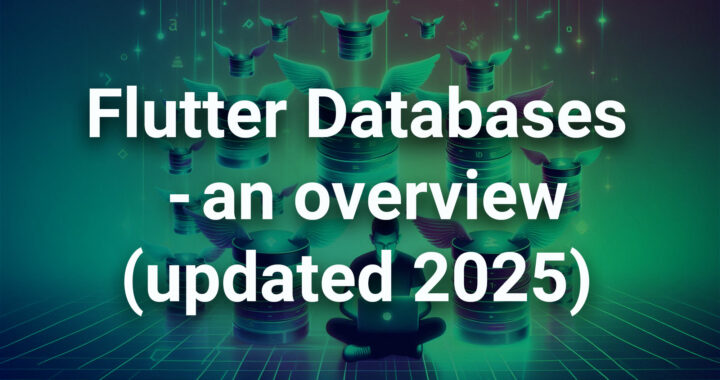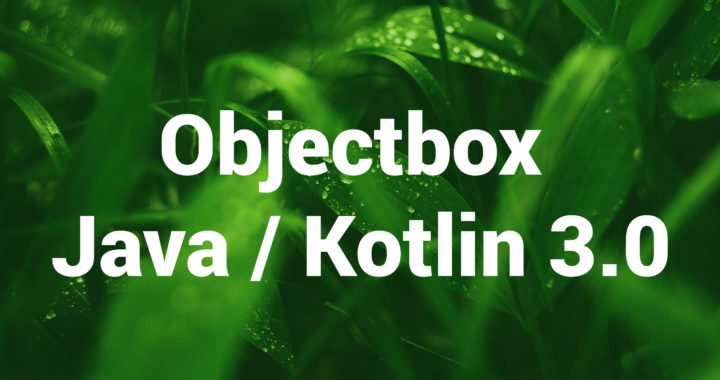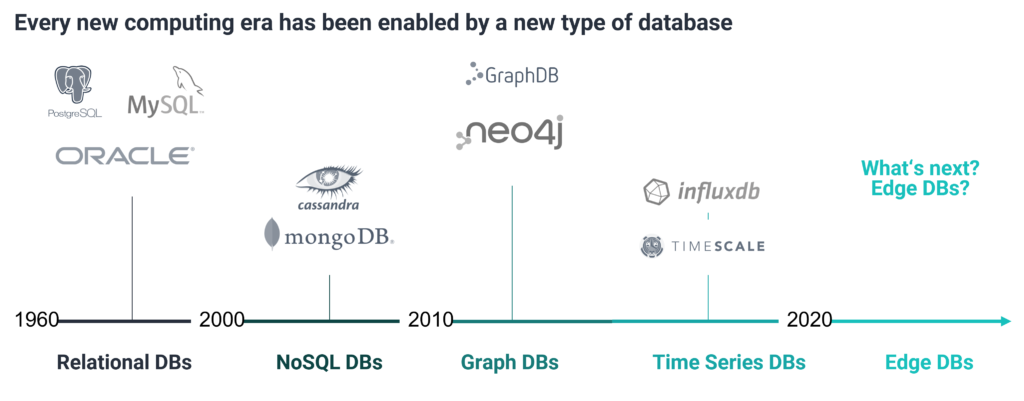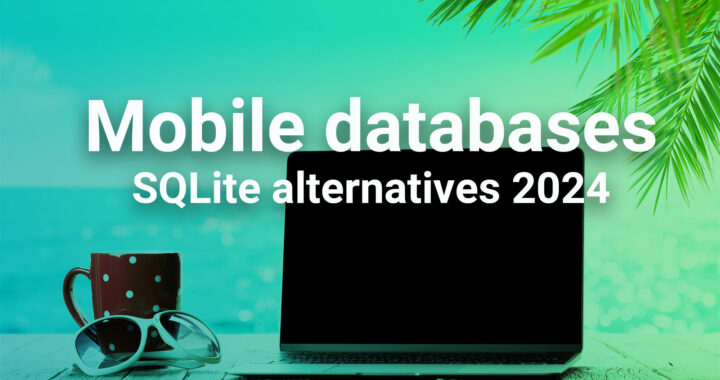Flutter databases are databases specifically designed to give Flutter / Dart apps fast data persistence. Other databases can be used depending on the database and use case, but in our experience Flutter databases are easier to use and faster in Flutter/Dart apps. Note: Because “Dart” is such an ambiguous term, “Flutter database” is the established terminology (even though from a tech perspective it is not a great name).
As a Flutter app developer, selecting the right local database is important. After a market overview and terminology, we’ll compare the most popular options (ObjectBox, sqflite, Drift, Floor, Isar, Hive, Sembast, MongoDB Realm) in a matrix.
Continue reading





